 System Tutorial
System Tutorial
 LINUX
LINUX
 WSL or standard Linux distribution? The best way to use Linux on Windows systems
WSL or standard Linux distribution? The best way to use Linux on Windows systems
WSL or standard Linux distribution? The best way to use Linux on Windows systems
If you are a user using Linux on a Windows system, you may be faced with a choice: use WSL (Windows Subsystem for Linux) or install a standard Linux distribution? What are the differences and advantages and disadvantages between the two? This article will compare the features and applicable scenarios of WSL and standard Linux distributions to help you make the most appropriate decision.
Reason for using Windows Subsystem for Linux:
1. Just started learning Linux
If you are new to Linux and your experience with desktop environments is mainly on Windows, then you may consider starting your Linux journey with WSL. This is because you will have a more familiar desktop experience than you would on a Linux desktop.
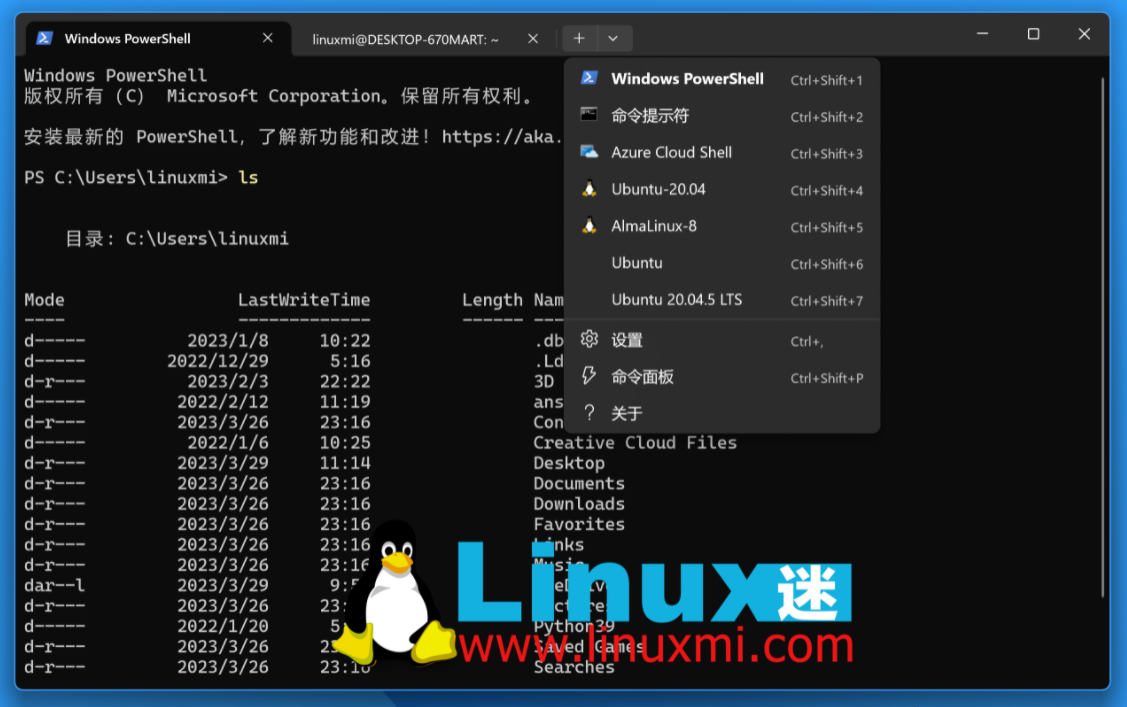
Because WSL focuses primarily on the command line, you will gain valuable experience learning how to use the shell and utilities that can be applied to a full Linux desktop environment.
2. Run Windows and Linux applications simultaneously
The main advantage of WSL is that it can run Windows and Linux applications simultaneously. If you play Windows games and use Linux development tools like Python, you don't need to switch to a virtual machine or dual-boot.
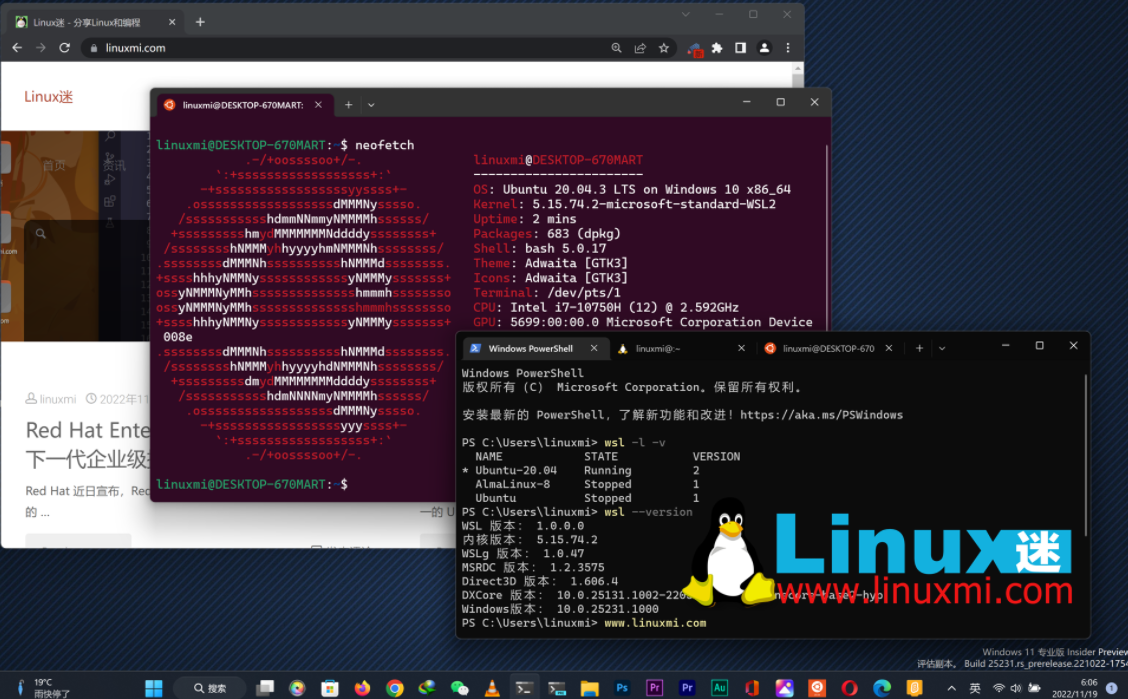
You don’t need to switch between different systems, so it won’t interrupt your train of thought. WSL is a lightweight alternative to virtual machines and dual-boot. Although WSL2 uses a virtualized Linux kernel, it has much less overhead because the standard Linux desktop is not running.
It is easier to interoperate between Windows and Linux using WSL than using virtual machines or Linux partitions. While it is possible to share files, it requires additional work to implement.
3. You only use Linux occasionally
If you only use Linux occasionally for some tasks, such as lightweight development or running certain utilities, it may not be worth using the entire Linux desktop environment for just a few programs. 
Compared to the most lightweight Linux desktop environment, WSL is a more lightweight environment. You can use standard Windows programs and launch Linux when needed.
4. You don’t need to access the hardware directly
While you can use GPU-accelerated applications on Linux, which are useful for developing artificial intelligence or machine learning programs, if you run both Windows and Linux, you may not need to deal directly with the underlying hardware.
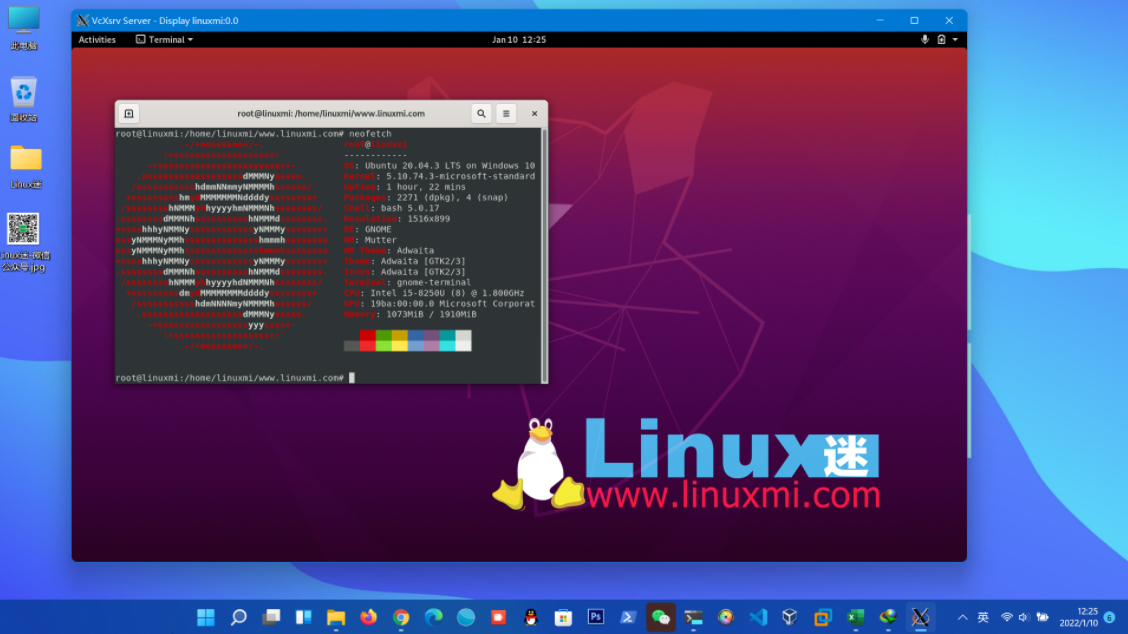
Although Linux is very mature, driver support is still a major issue on desktop Linux, especially on laptops. Power management and Wi-Fi support remain major concerns, both of which are crucial for a laptop. If you need to work on your laptop, Windows can take care of the hardware issues while you can focus on your Linux work.
There is an important network effect here: hardware manufacturers tend to support Windows because most people use Windows, and people buy Windows devices because they know the device manufacturer will support it.
WSL provides Linux users with a way to bypass this chicken-and-egg problem. Wine also helps solve this problem from the Windows side, it can run Windows applications in Linux, but Windows compatibility is a moving target.
Reason for choosing standard Linux
While WSL can serve many uses that might previously have been handled via dual boot or a virtual machine, there are still some situations where you might want to run a standard Linux installation.
1. You are running the server
WSL is mainly used to run Linux development tools on desktop systems. For production server use, you need a regular Linux server, either on your machine or in the cloud.
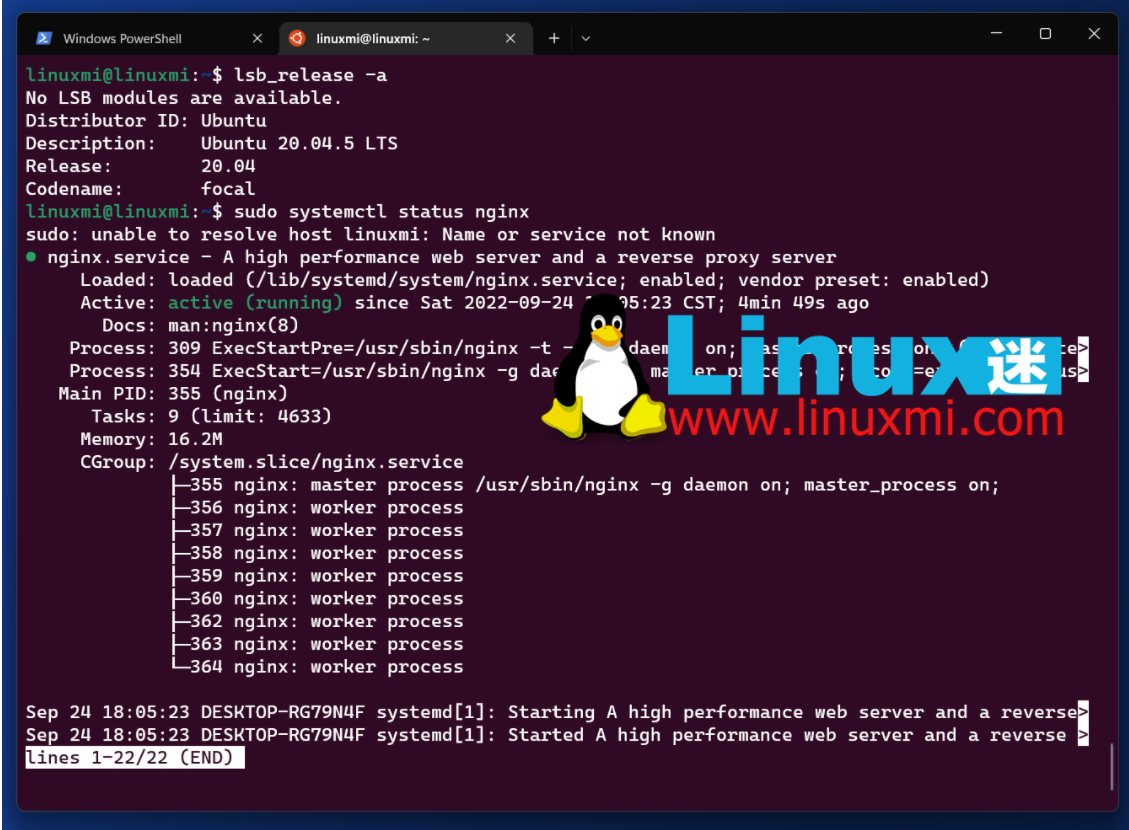
WSL is not suitable for servers, and the overhead of Windows plus Linux does not make sense. WSL is suitable for testing web applications locally. You can even set up a WSL distribution to use systemd to manage services.
It is possible to install WSL on Windows Server, but in a production environment, setting up a Linux server is much easier. Most cloud service providers provide Linux servers by default when you sign up.
There is only reason to install WSL on Windows Server if your application depends on a specific program that only runs on Windows Server, but this seems to be increasingly rare as even Microsoft is not interested in Linux provides more support, including a Linux version of SQL Server. Even so, if your budget allows, you may still want to run separate Linux and Windows servers.
2. You have a heavy workload
Another reason to use a standard Linux version instead of WSL is to run large workloads. While WSL supports GPU acceleration and can be used for heavy computing applications such as machine learning, as with servers, removing the overhead of Windows will improve performance.
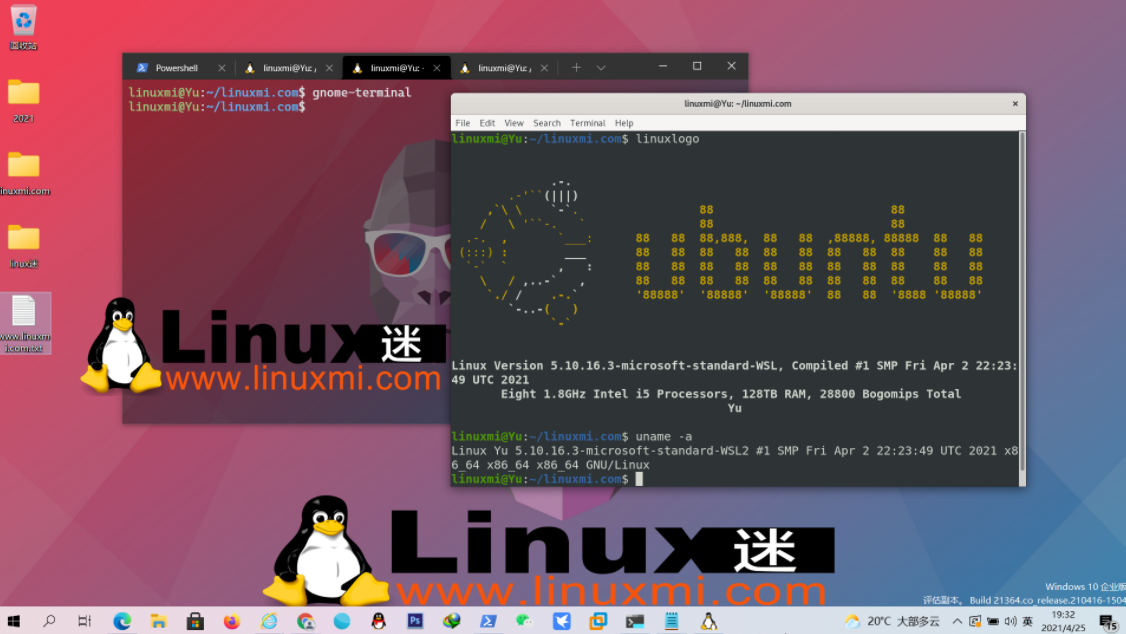
Additionally, it is easier to cluster Linux machines and offload heavy operations to the cluster.
3. Do you want to have a desktop Linux experience
Now that it is now possible to run X11 and Wayland graphical Linux applications on WSL, some Linux users may choose to use it to replace their Linux partitions or virtual machines.
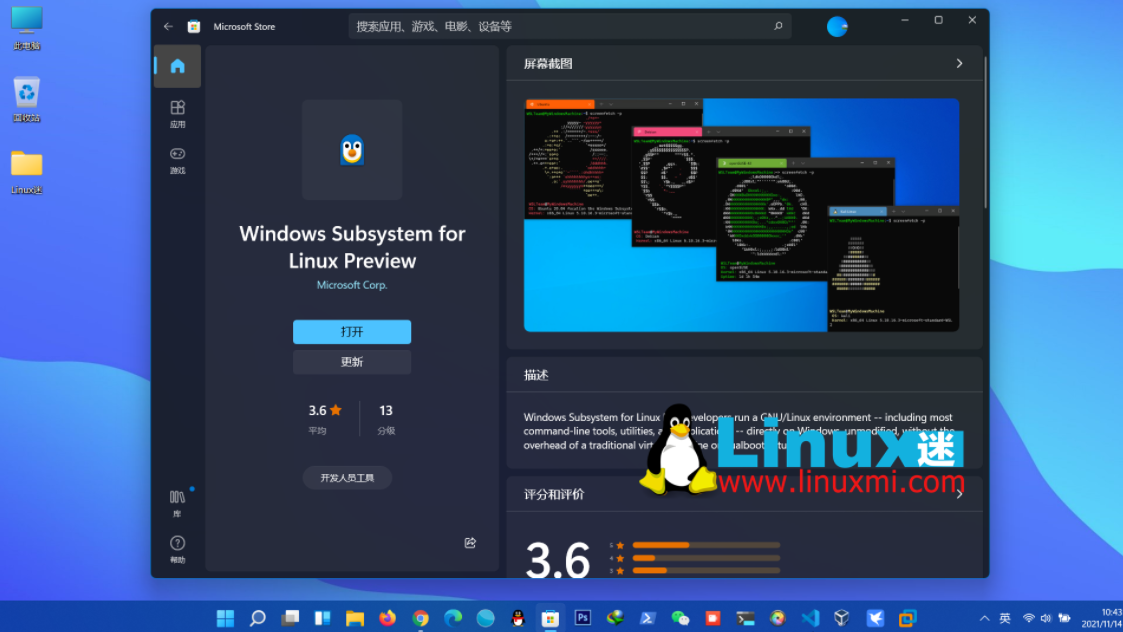
However, some users still prefer the Linux desktop approach because X11, window managers, and the Wayland compositor provide unique user experiences, such as tiled window layouts. This is a good reason to use a desktop Linux distribution.
4. You want to run a distribution that is not available in WSL
While several major distributions are available in the Microsoft Store, such as Ubuntu, Fedora, and openSUSE, you may be using a specialized distribution that is not available in WSL.
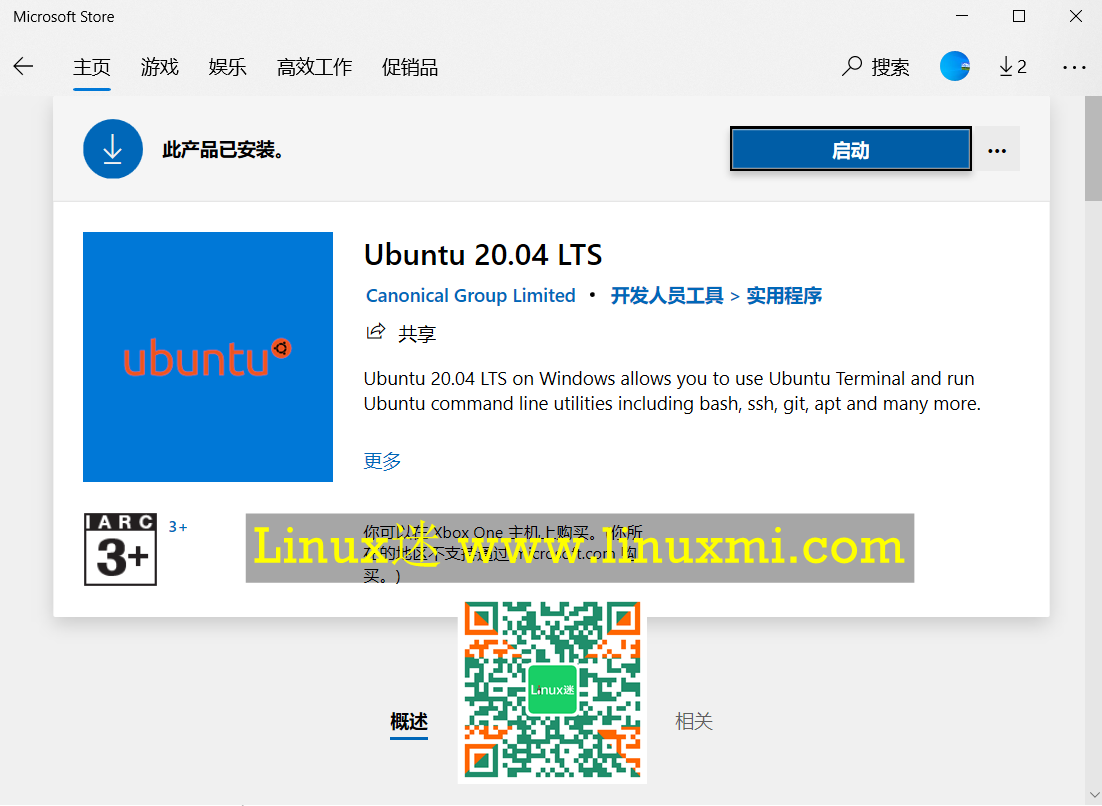
In this case, if you want to run Linux and Windows at the same time, you may need to use a dual boot or virtual machine setup.
5. You want to run Linux in a virtual machine
If you want a Linux environment that is completely isolated from Windows, a fully virtualized system is still the best choice.
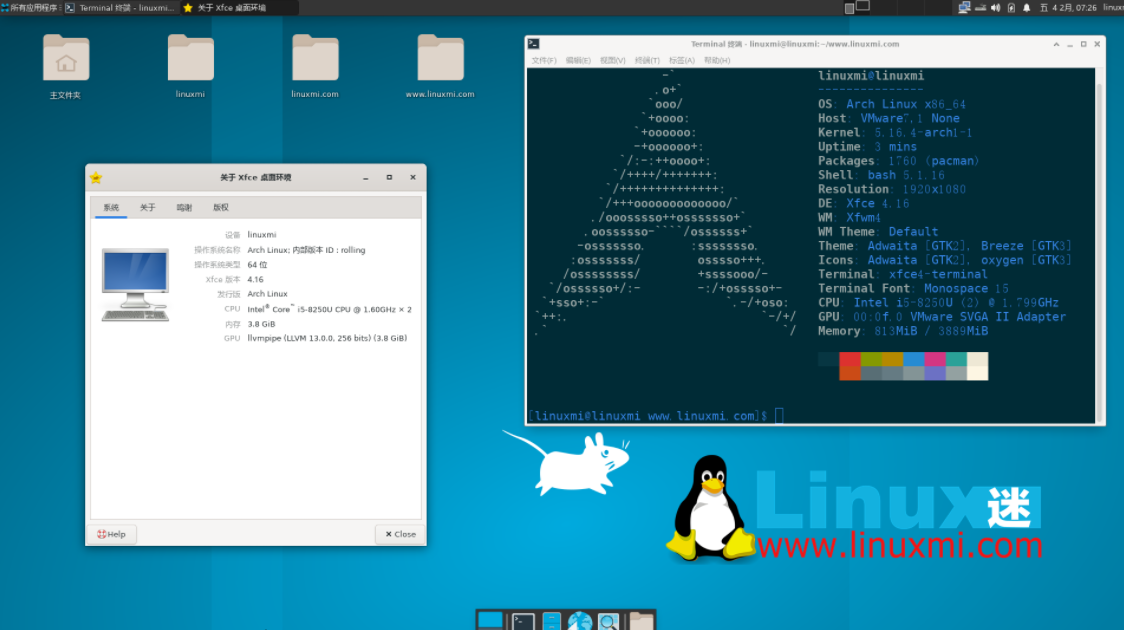
You have the option of using VirtualBox, but lightweight containerized Linux servers are a popular alternative. The advantage of this approach is that you can easily deploy your application's dependencies to any server, regardless of the host operating system.
6. You need direct access to the hardware
Sometimes you need access to actual hardware. You may want to develop a device driver for a piece of hardware, or you may be running a GPU-accelerated workload. These advanced uses are best suited with a full Linux installation.
These are advanced uses that are best suited for complete Linux installations.
Through this article, you should understand the differences, advantages and disadvantages between WSL and standard Linux distributions, as well as their respective suitable usage scenarios. Overall, WSL is a lightweight solution that allows you to quickly run Linux commands and tools on Windows systems without the need to configure a virtual machine or dual-boot. WSL also makes it easy to exchange files and data between Windows and Linux. However, WSL also has some limitations, such as low file system performance, incompatibility of some system calls, and the inability to run graphical interface programs. If you need a complete Linux desktop environment, or have higher requirements for performance and compatibility, then installing a standard Linux distribution may be a better choice.
The above is the detailed content of WSL or standard Linux distribution? The best way to use Linux on Windows systems. For more information, please follow other related articles on the PHP Chinese website!

Hot AI Tools

Undresser.AI Undress
AI-powered app for creating realistic nude photos

AI Clothes Remover
Online AI tool for removing clothes from photos.

Undress AI Tool
Undress images for free

Clothoff.io
AI clothes remover

Video Face Swap
Swap faces in any video effortlessly with our completely free AI face swap tool!

Hot Article

Hot Tools

Notepad++7.3.1
Easy-to-use and free code editor

SublimeText3 Chinese version
Chinese version, very easy to use

Zend Studio 13.0.1
Powerful PHP integrated development environment

Dreamweaver CS6
Visual web development tools

SublimeText3 Mac version
God-level code editing software (SublimeText3)

Hot Topics
 What computer configuration is required for vscode
Apr 15, 2025 pm 09:48 PM
What computer configuration is required for vscode
Apr 15, 2025 pm 09:48 PM
VS Code system requirements: Operating system: Windows 10 and above, macOS 10.12 and above, Linux distribution processor: minimum 1.6 GHz, recommended 2.0 GHz and above memory: minimum 512 MB, recommended 4 GB and above storage space: minimum 250 MB, recommended 1 GB and above other requirements: stable network connection, Xorg/Wayland (Linux)
 Linux Architecture: Unveiling the 5 Basic Components
Apr 20, 2025 am 12:04 AM
Linux Architecture: Unveiling the 5 Basic Components
Apr 20, 2025 am 12:04 AM
The five basic components of the Linux system are: 1. Kernel, 2. System library, 3. System utilities, 4. Graphical user interface, 5. Applications. The kernel manages hardware resources, the system library provides precompiled functions, system utilities are used for system management, the GUI provides visual interaction, and applications use these components to implement functions.
 How to run java code in notepad
Apr 16, 2025 pm 07:39 PM
How to run java code in notepad
Apr 16, 2025 pm 07:39 PM
Although Notepad cannot run Java code directly, it can be achieved by using other tools: using the command line compiler (javac) to generate a bytecode file (filename.class). Use the Java interpreter (java) to interpret bytecode, execute the code, and output the result.
 vscode terminal usage tutorial
Apr 15, 2025 pm 10:09 PM
vscode terminal usage tutorial
Apr 15, 2025 pm 10:09 PM
vscode built-in terminal is a development tool that allows running commands and scripts within the editor to simplify the development process. How to use vscode terminal: Open the terminal with the shortcut key (Ctrl/Cmd). Enter a command or run the script. Use hotkeys (such as Ctrl L to clear the terminal). Change the working directory (such as the cd command). Advanced features include debug mode, automatic code snippet completion, and interactive command history.
 How to check the warehouse address of git
Apr 17, 2025 pm 01:54 PM
How to check the warehouse address of git
Apr 17, 2025 pm 01:54 PM
To view the Git repository address, perform the following steps: 1. Open the command line and navigate to the repository directory; 2. Run the "git remote -v" command; 3. View the repository name in the output and its corresponding address.
 vscode cannot install extension
Apr 15, 2025 pm 07:18 PM
vscode cannot install extension
Apr 15, 2025 pm 07:18 PM
The reasons for the installation of VS Code extensions may be: network instability, insufficient permissions, system compatibility issues, VS Code version is too old, antivirus software or firewall interference. By checking network connections, permissions, log files, updating VS Code, disabling security software, and restarting VS Code or computers, you can gradually troubleshoot and resolve issues.
 Where to write code in vscode
Apr 15, 2025 pm 09:54 PM
Where to write code in vscode
Apr 15, 2025 pm 09:54 PM
Writing code in Visual Studio Code (VSCode) is simple and easy to use. Just install VSCode, create a project, select a language, create a file, write code, save and run it. The advantages of VSCode include cross-platform, free and open source, powerful features, rich extensions, and lightweight and fast.
 What is the main purpose of Linux?
Apr 16, 2025 am 12:19 AM
What is the main purpose of Linux?
Apr 16, 2025 am 12:19 AM
The main uses of Linux include: 1. Server operating system, 2. Embedded system, 3. Desktop operating system, 4. Development and testing environment. Linux excels in these areas, providing stability, security and efficient development tools.





